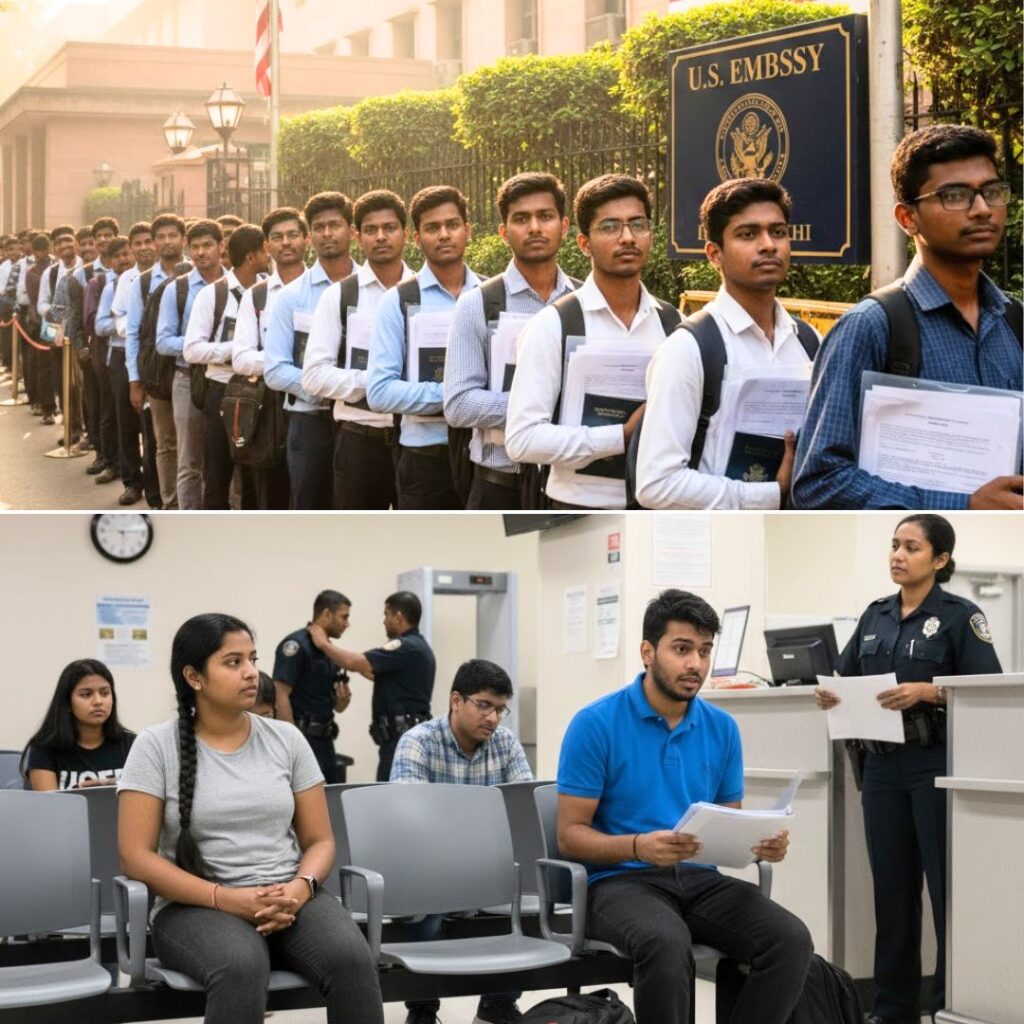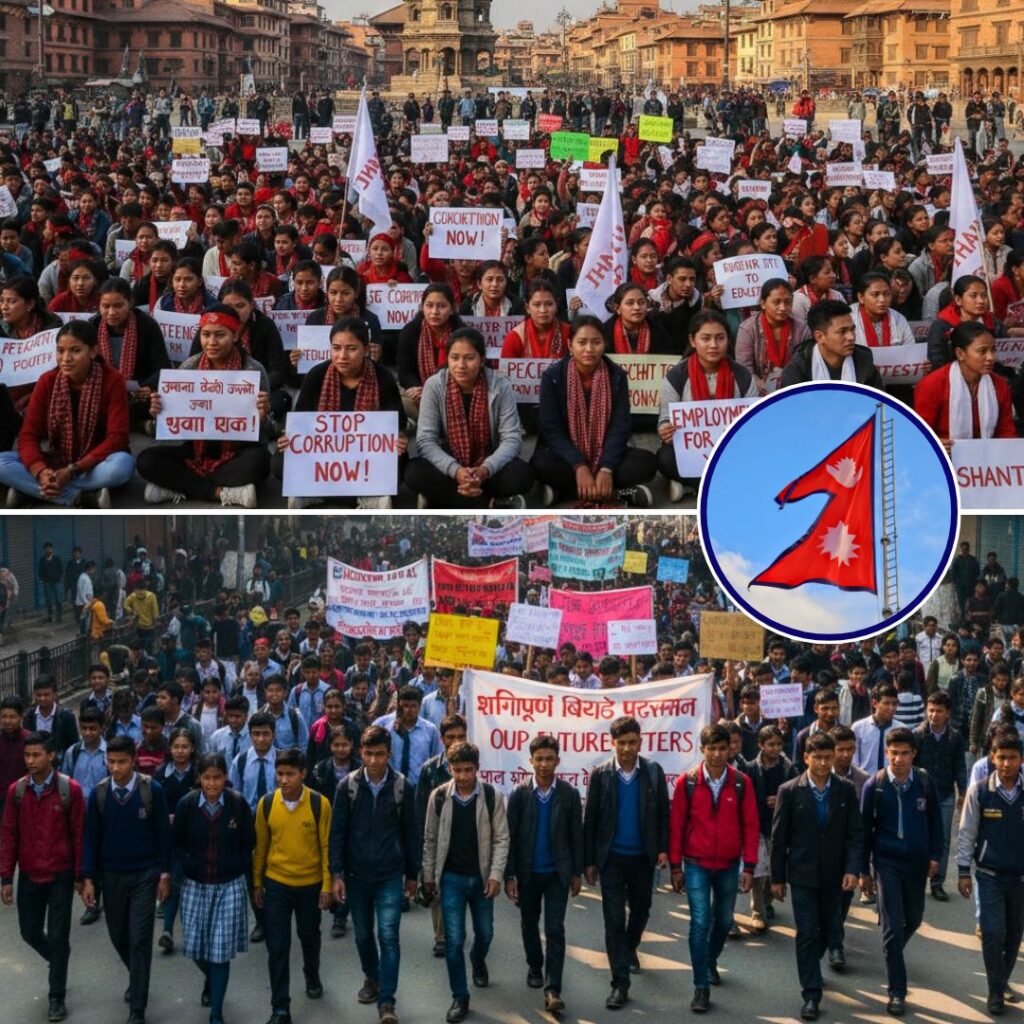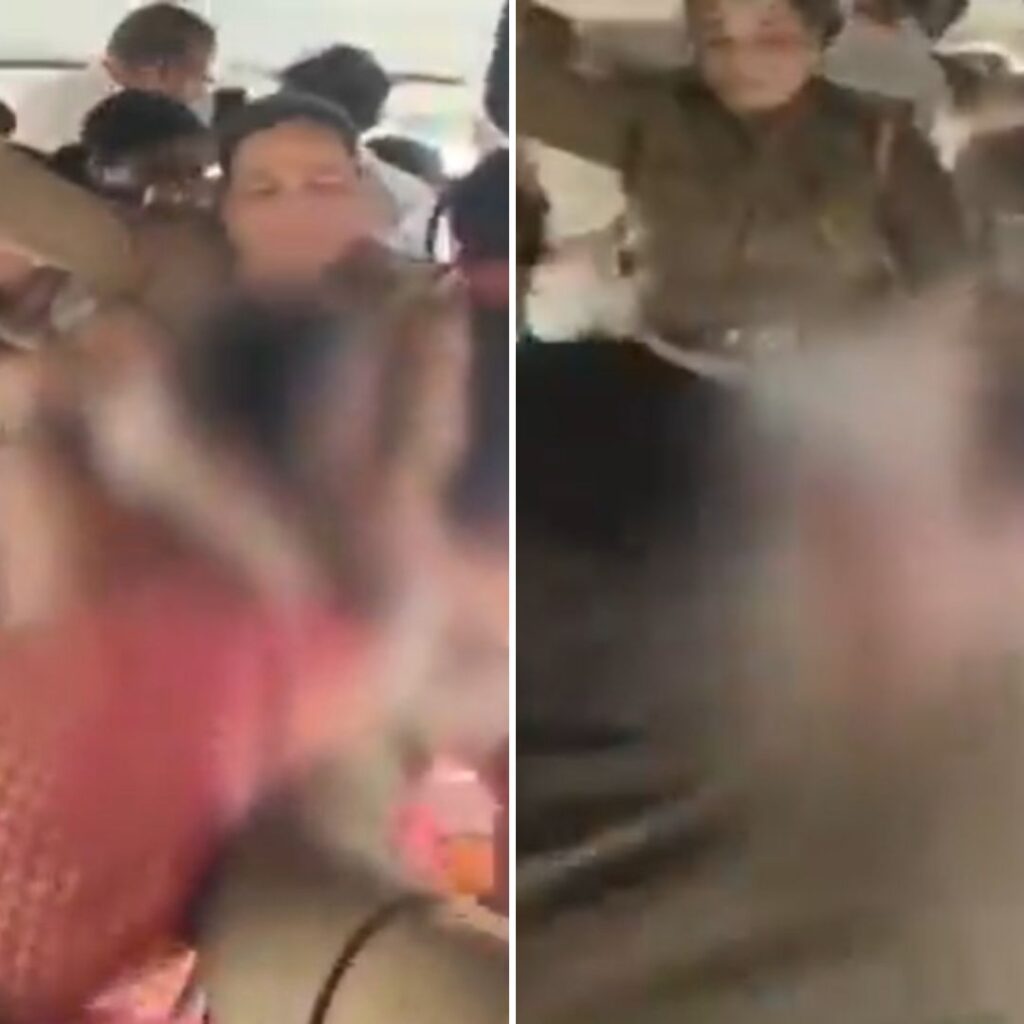A video of a woman dressed as a bride and carried in a palanquin is doing rounds on social media. In the video, the woman can be seen bawling while she is carried by some men on their shoulders in a sedan chair, accompanied by other people.
The video is viral, claiming that it shows a practice being followed in one of the tribes in India where a bride is buried alive with her groom after he dies. Several international media portals and verified account handles amplified the claim.
Screen Mix, a media portal based in the Middle East, shared the video via Twitter with an Arabic caption that translated to English, “A circulating clip of one of the tribes in India, it is said that it is one of their traditions that if the groom dies, the bride is buried alive with him!!”
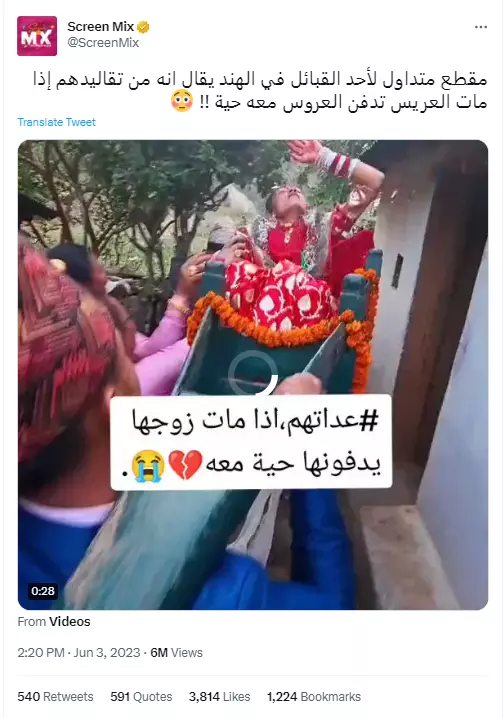
Mian Omer, an advocate and social activist based in Pakistan, reshared the Twitter post of Screen Mix with a caption, “These type of traditions must be discourage & @UNOCHA must look after this…. These type of traditions are against the Humanity”.
مقطع متداول لأحد القبائل في الهند يقال انه من تقاليدهم إذا مات العريس تدفن العروس معه حية !! #خبرني pic.twitter.com/JIDzZBqmFR
— خبرني Khaberni (@khaberni) June 4, 2023
مقطع متداول لأحد القبائل في الهند يقال انه من تقاليدهم إذا مات العريس تدفن العروس معه حية pic.twitter.com/nS6rRZfhq1
— (@Kwt1901) June 6, 2023
The video is widespread on Twitter and Facebook with the same claim.

Claim:
An Indian tribe follows the old practice of burying the bride alive with her groom after he dies.
Fact Check:
The Logical Indian fact-check team verified the claim and found it false. The video belongs to the Bajhang district of Nepal and shows a traditional wedding ceremony where the bride bids farewell to her paternal home after marriage.
We began our investigation by splitting the video into several keyframes and conducting a reverse image search. It led us to the Instagram profile of Laxu Sapkota, who shared the viral video on May 18. He captioned it, “Traditional Marriage Ceremony of Bajhang, Farwest of Nepal. Where girls used to cry while leaving there home. This was video about How hard to leave born homes and parents.”.
Sapkota described that the video shows the traditional marriage ceremony in the Bajhang district in far-west Nepal. We looked at his profile and found several other videos of the same bride from the wedding event. Click here, here, here, here, here, and here to view where the identical faces with the same attire from the viral video can be recognized.
Sapkota also shared the same video on his Facebook profile with an extended caption suggesting that marriage ceremonies still practice traditional systems in far-west culture. He stated that as per the rituals, the bride cries on their wedding day as they leave their family and home to live with their husband and his family in his house instead.
We then Google searched whether the bride bids farewell to her home in a similar manner as shown in the viral video. We found several images and YouTube videos showing a bride’s departure in a palanquin while she was crying and carried by her family or relatives.
According to Getty Images, an American visual media company, a photo dating back to January 23, 2003, shows the farewell ceremony of Nepal’s Princess Prearana during a farewell ceremony sitting in a similar sedan chair. Her father, King Gyanendra, and her brother Crown Prince Paras (R) accompanied her at the Narayanhity Royal Palace in Kathmandu.
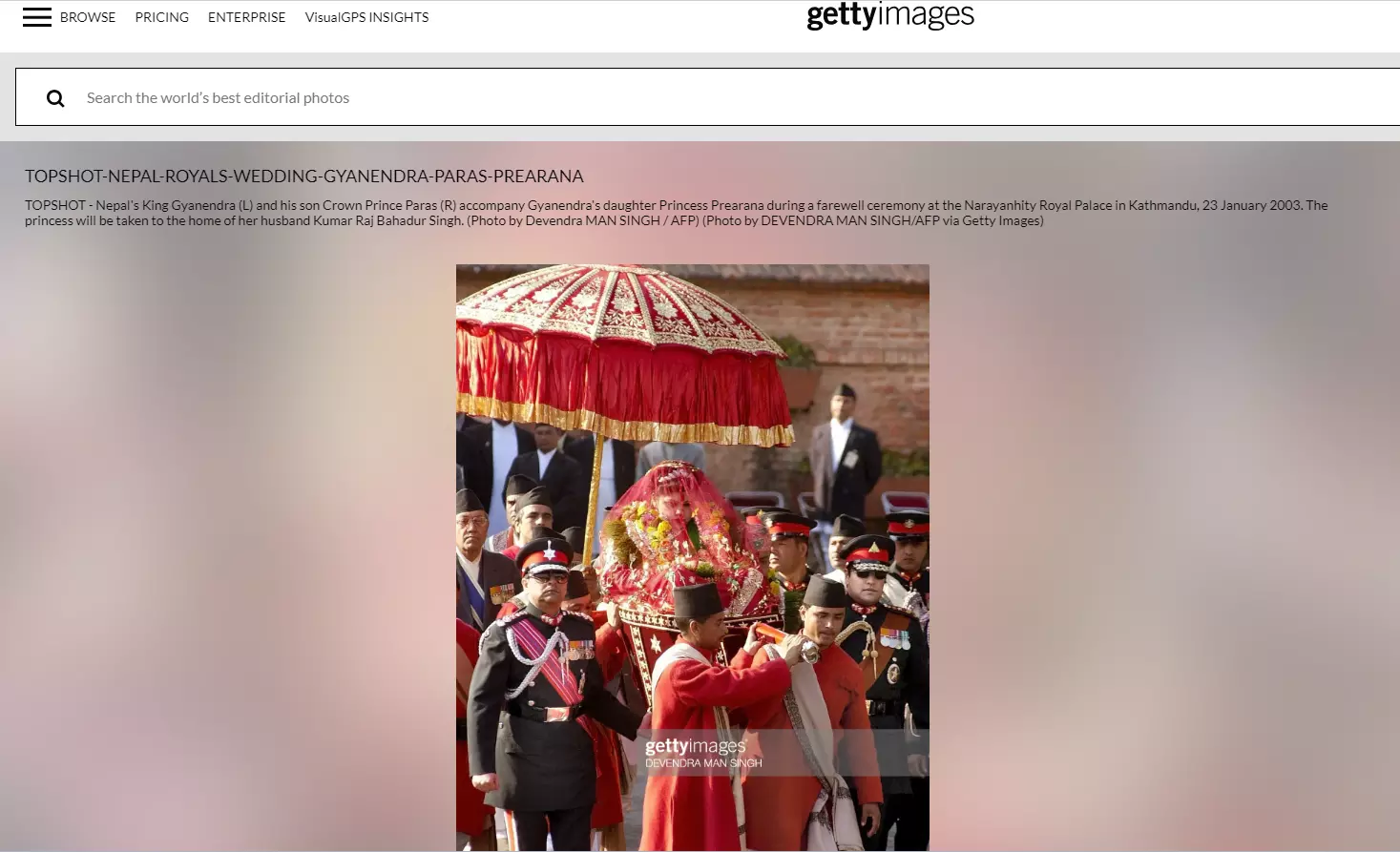
Sati System In India:
The Sati system, prevalent in India until the 19th century, was a deeply rooted cultural practice that involved a widow immolating herself on her husband’s funeral pyre. Sati was considered a virtuous act demonstrating a woman’s devotion and loyalty to her deceased husband.
However, it was also a coercive and oppressive tradition that denied women agency and subjected them to immense social pressure. Recognizing its inhumanity, the British colonial administration banned the practice in 1829, and subsequent legislation further outlawed it in independent India.
Conclusion:
To sum up, several social media users shared a video belonging to the Bajhang district of Nepal showing a traditional wedding ceremony with the false claim that it is an Indian tribe that follows the old practice of burying the bride alive with her groom after he dies. However, it is a ceremony where the bride bids farewell to her paternal home after marriage.
If you have any news that you believe needs to be fact-checked, please email us at factcheck@thelogicalindian.com or WhatsApp at 6364000343.
https://thelogicalindian.com/h-upload/2023/06/14/500x300_232106-new-project-2023-06-14t140935202.webp
Fact Check
2023-06-14 09:51:50.0
Video Showing Nepali Wedding Ceremony Shared To Claim Indian Tribe Practising ‘Sati’ Like Ritual







